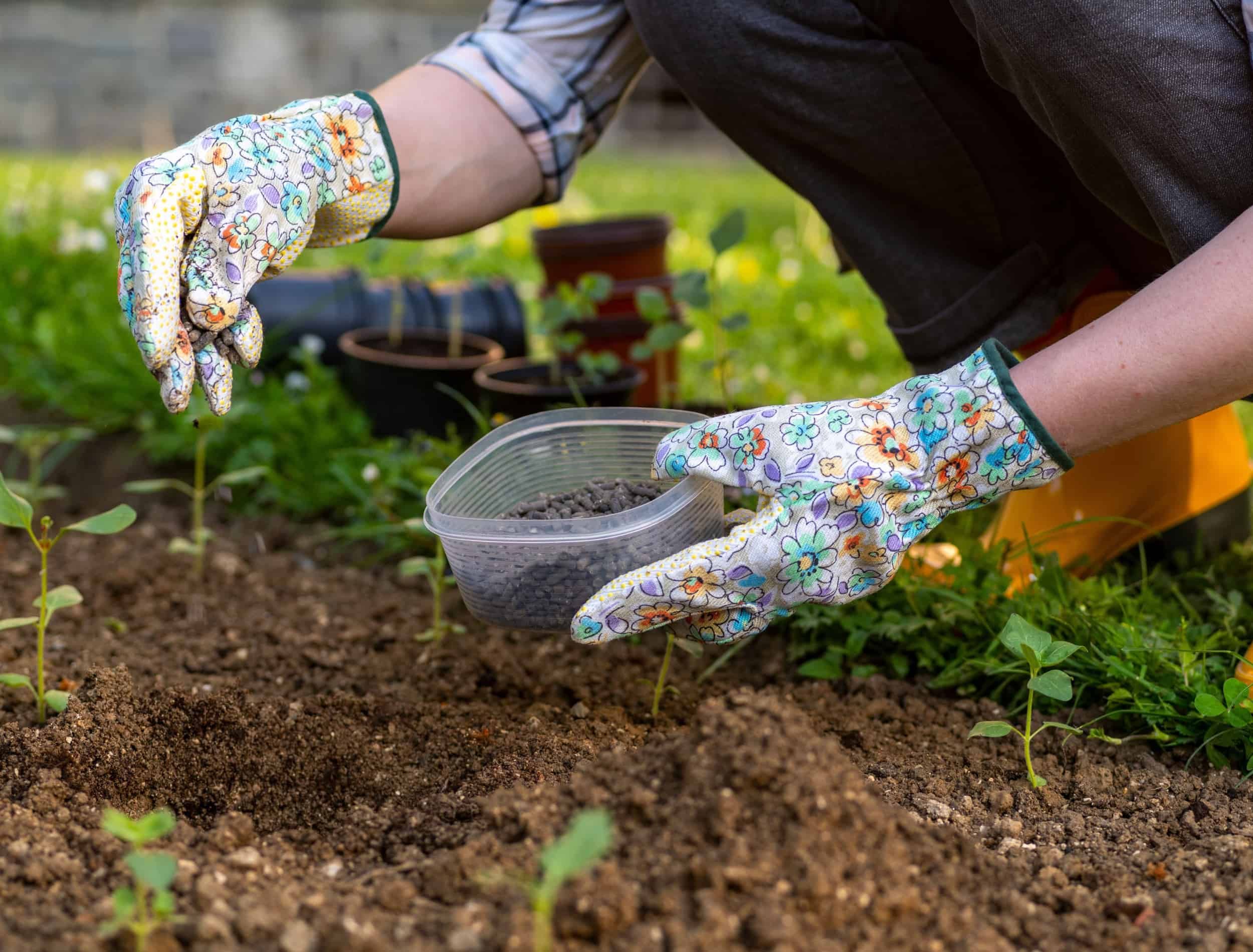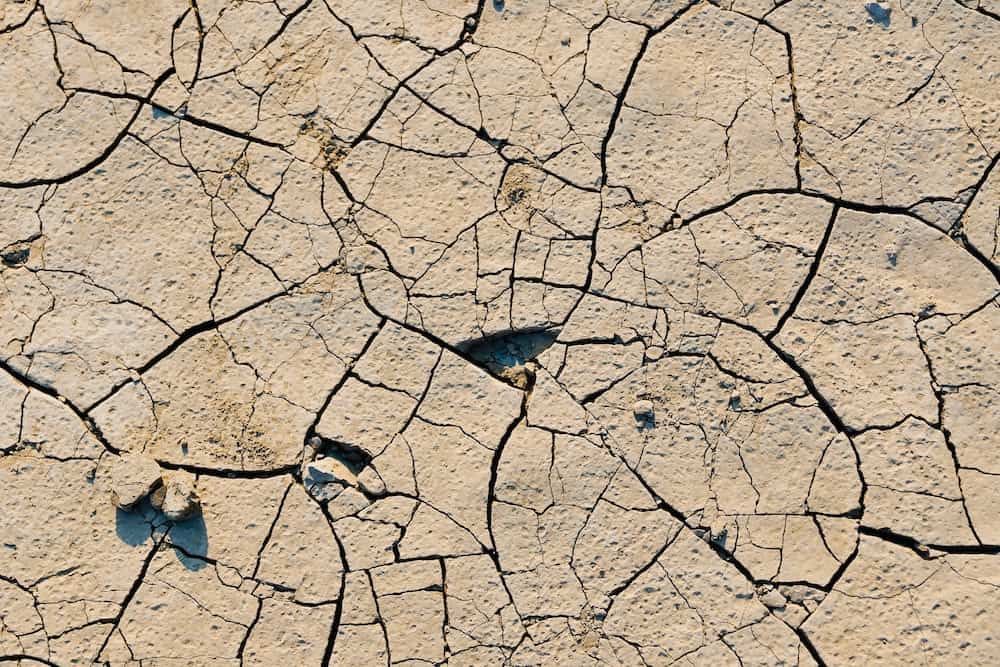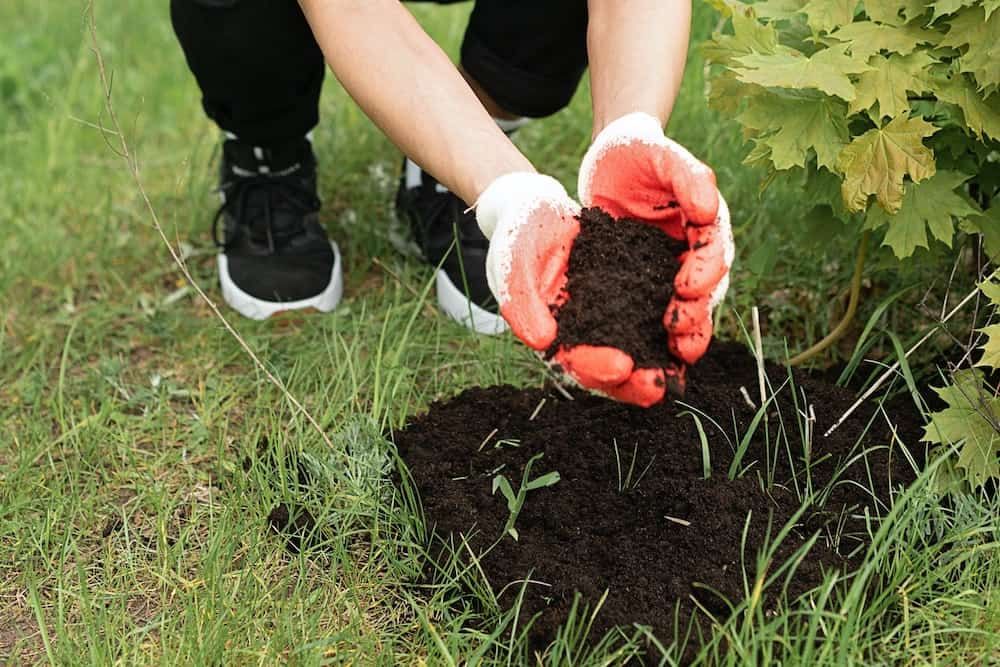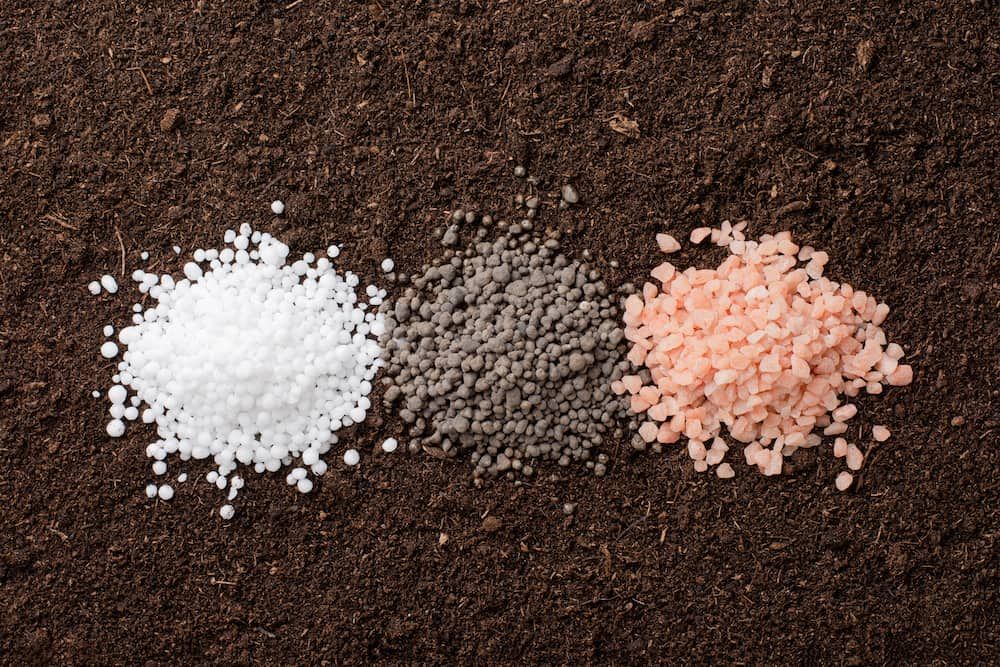Soil is the bedrock of plant life, so it must be in healthy condition to nourish the life it is springing forth. Despite its unassuming appearance, the soil is a complex mixture of gases, liquids, minerals, organic matter, and living organisms.
Unfortunately, due to unfavorable human activities, most garden and landscape soils lack some of these components, resulting in poor soil quality.
While soil naturally degrades over time, activities like chemical farming, deforestation, intensive cultivation, and construction work can accelerate the process. Luckily, there are readily available soil conditioners that you can apply to revive your soil for better plant yield.
What Damages Landscaping and Gardening Soils
Image credits: Anton Ivanchenko via Unsplash
Apart from unfavorable activities, soil erosion, salinity, and climate change can also cause soil degradation, and when this happens, it depletes nutrients and organic matter in the soil. This is a global issue but occurs much more severely in sub-Saharan Africa.
The lack of nutrients reduces the soil's ability to support plant growth, leading to acidification and soil toxicity. Regarding physical soil deterioration, signs of soil crusting and compaction increase water runoff and lower the soil's infiltration.
While soil degradation is a natural process accelerated by unfavorable human activities, you can help restore the soil with revegetation, reforestation, and growing plants that prevent soil erosion.
What is Soil Conditioner?
Image credits: Mikhail Nilov via Pexels
Soil conditioner is an organic-rich material that you can add to the soil to improve its color, texture, density, and structure. These qualities affect the soil's biological activity, infiltration, and nutrient cycling.
Soil conditioners improve soil aeration and increase its water and nutrient-holding capacity. While many people use livestock manure, peat, and crop residues to amend the soil, compost is one of the best alternatives to soil conditioners. This is because compost contains a large amount of organic matter that supplies the soil with nutrients and improves its quality.
Soil conditioners have been around for decades. In the 1950s, the Monsanto Company marketed polyacrylamide as a soil conditioner. They sold it under the name Krilium as a 'linear soil conditioner' meant to improve soil structure.
Polyacrylamide is a water-soluble, potassium-based, synthetic linear polymer. It is made of acrylamide and acrylic acid and is one of the two most popular hydro-absorbent polymers known to absorb large amounts of water. When applied to soil, its benefits include:
- Increased water filtration
- Increased pore space, especially in clay solid
- Stopping erosion and water runoff
- Making soil dry faster after rainfall or irrigation
These benefits result in:
- Larger and stronger plants with extensive root systems
- Efficient water utilisation
- Lower chances of diseases associated with poor soil aeration, like root rot
- Less time spent on tillage
Aside from polyacrylamide, soil conditioner is a catch-all term for fertilizer, organic, and inorganic amending materials, including:
- Biosolids, like mineral rock particles
- Bone or blood meal
- Coffee grounds and compost tea
- Manure
- Peat
- Sphagnum moss
- Vermiculite
How Do Soil Conditioners Improve The Soil?
Image Credit: USDAgov via Creative Commons
Cation Exchange Capacity (CEC)
Soil conditioner increases the cation exchange capacity (CEC) of soils. CEC measures how many cations (magnesium, ammonium, calcium, hydrogen, sodium, and potassium) can be retained on the surface of soil particles.
CEC influences the soil's ability to hold essential nutrients and provides a barrier against soil acidification. Increasing the negative charge increases the total number of cations a soil can hold. When the soil holds more cations, it exchanges them with plant roots, supplying them with nutrients.
Soil Structure
Soil compaction is physical deterioration that happens over time. Compacted soil suffocates the plant, hinders growth, and decreases the plant's ability to absorb nutrients and water. Soil conditioners add more texture and loft to keep the soil loose.
Water Retention
Soil conditioners improve water retention in dry, coarse soils that don't retain water. They can also help adjust the soil's pH making acidic or alkaline soil more usable.
Soil Conditioner vs. Fertilizer
Image credits: Nuttapong via Shutterstock
Fertilizers supply nutrients to plants, whereas soil conditioner improves soil structure to help plants better utilize nutrients. Organic slow-release fertilizers provide similar benefits to soil conditioners, and some soil conditioners provide nutrients to plants. Since synthetic chemical fertilizers can only provide nutrients, you'll need to apply soil conditioners to ensure that plants can take up the nutrients.
Note: Avoid using chemical, synthetic, or inorganic fertilizers as they will degrade the soil quality and deplete its organic matter over time, contribute to climate change, and cause water pollution. It's better to make your own garden fertilizer, so you have control over the environment your plants grow in.
How to Use Soil Conditioner
You can add soil conditioner in the soil before planting your crops, during their growing season, or after harvesting them. But before you apply the soil conditioner, test your soil with a soil test kit, DIY tests with household items, or get a professional to test it for you. Professional soil tests take a week or two to deliver the results.
Don't apply soil conditioner without testing your soil. Over-applicating certain soil conditioners, like salt, nitrogen, and metal-based ones, can harm your plants and degrade your soil. In addition, if the excess nutrients find their way into waterways, they can affect the water quality and the environment at large.
The Best Soil Conditioners
1. FoxFarm Happy Frog® Soil Conditioner
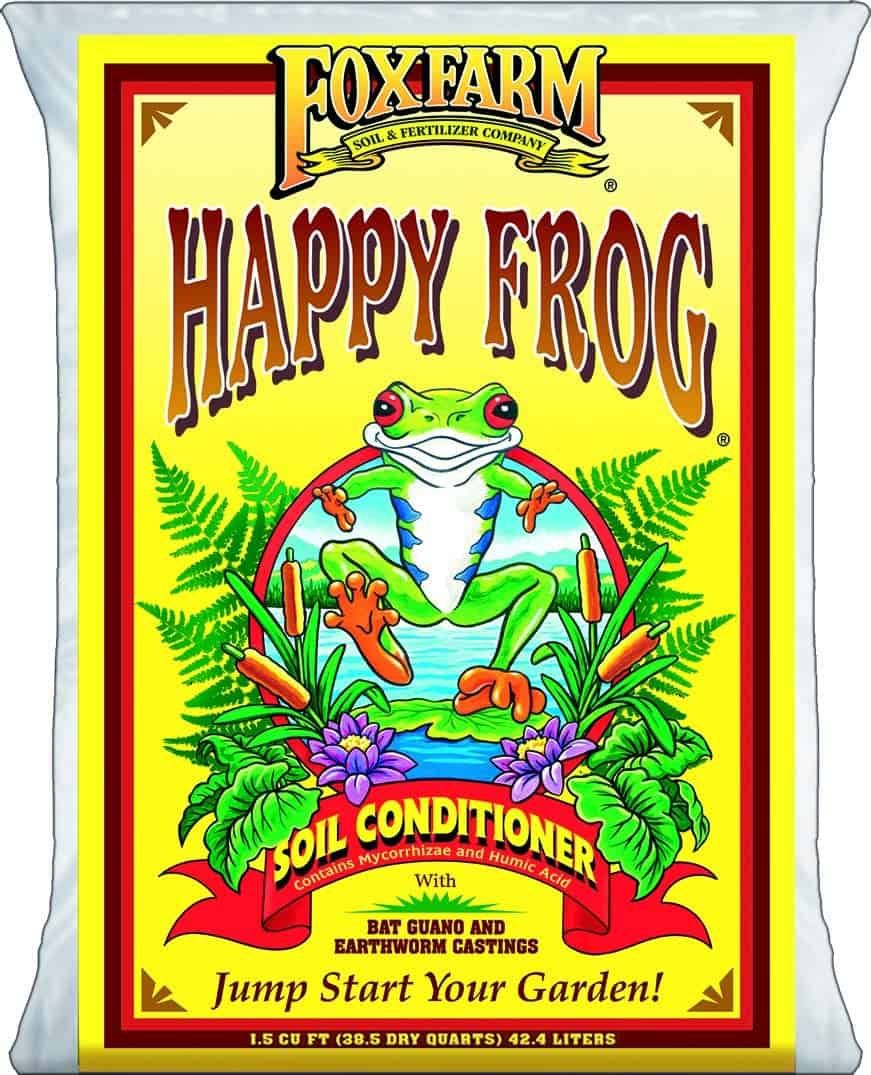
Sold in 35-pound packets, The Happy Frog Soil Conditioner contains aged forest products, bat guano, earthworm castings, and soil microbes to increase root efficiency and nutrient uptake. In addition to its nutrient-dense ingredients, the conditioner also has humic acids. These acids are channels that transport nutrients from the soil to the plant because they can hold onto the ionized nutrients. Apply 3 inches of this soil conditioner into garden beds every spring and follow with generous watering.
2. Espoma Garden Gypsum Soil Conditioner
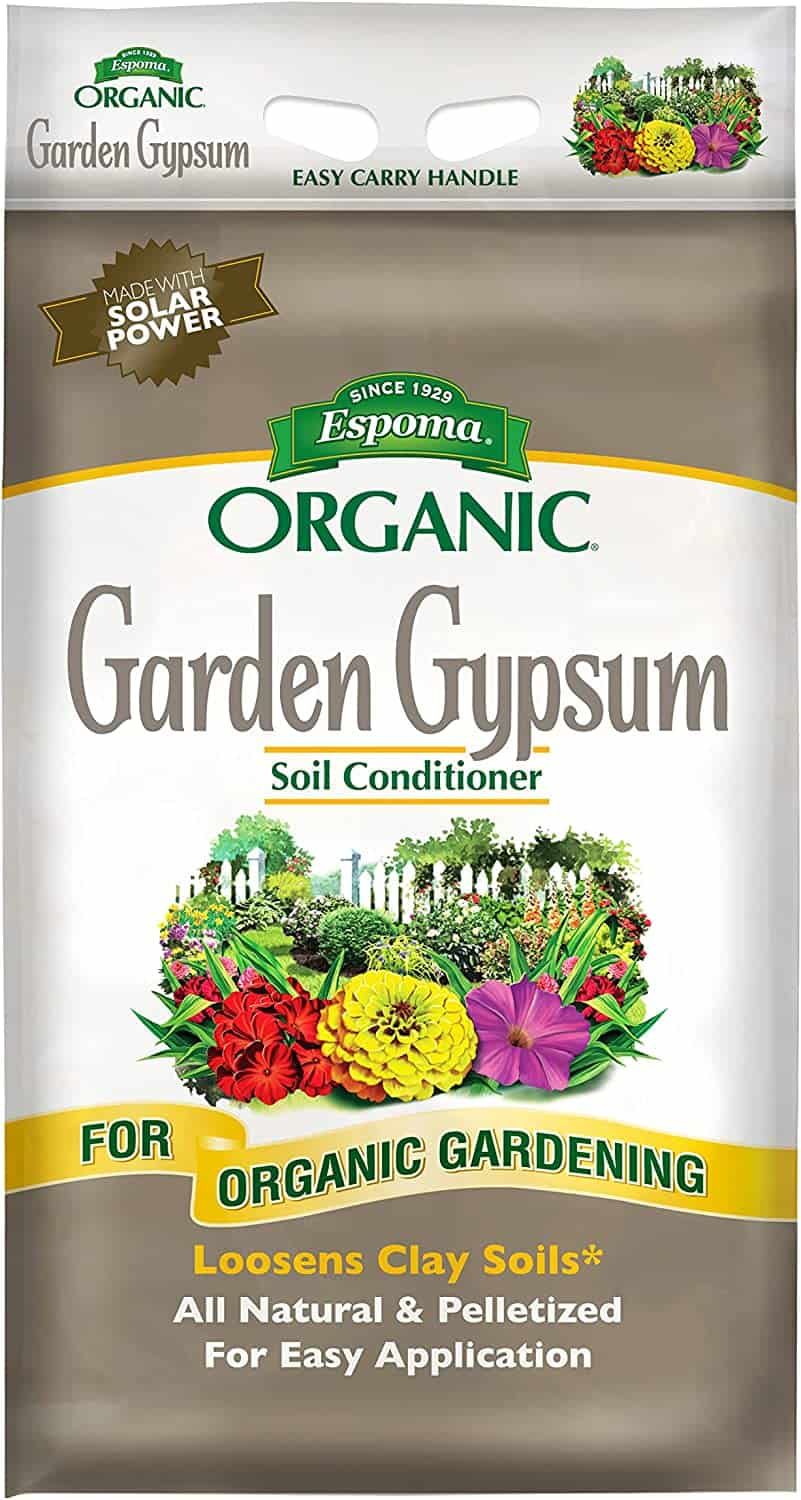
Espoma Garden Gypsum is an organic mineral that helps loosen clay soils, minimizes salt damage to plants, and promotes root growth. The 36-pound packet contains six pellets for easy application on garden and flower beds, shrubs, and lawns. These pellets contain:
- 86% Calcium Sulphate Dihydrate
- 68% Calcium Sulphate
- 20% Calcium
- 16% Sulphur
Apply this soil conditioner in the growing season by sprinkling 1¾ cup evenly over your garden and water thoroughly after applying.\
View on Ace HardwareView on Amazon
3. Fish Head Farms Organic Liquid Soil Conditioner
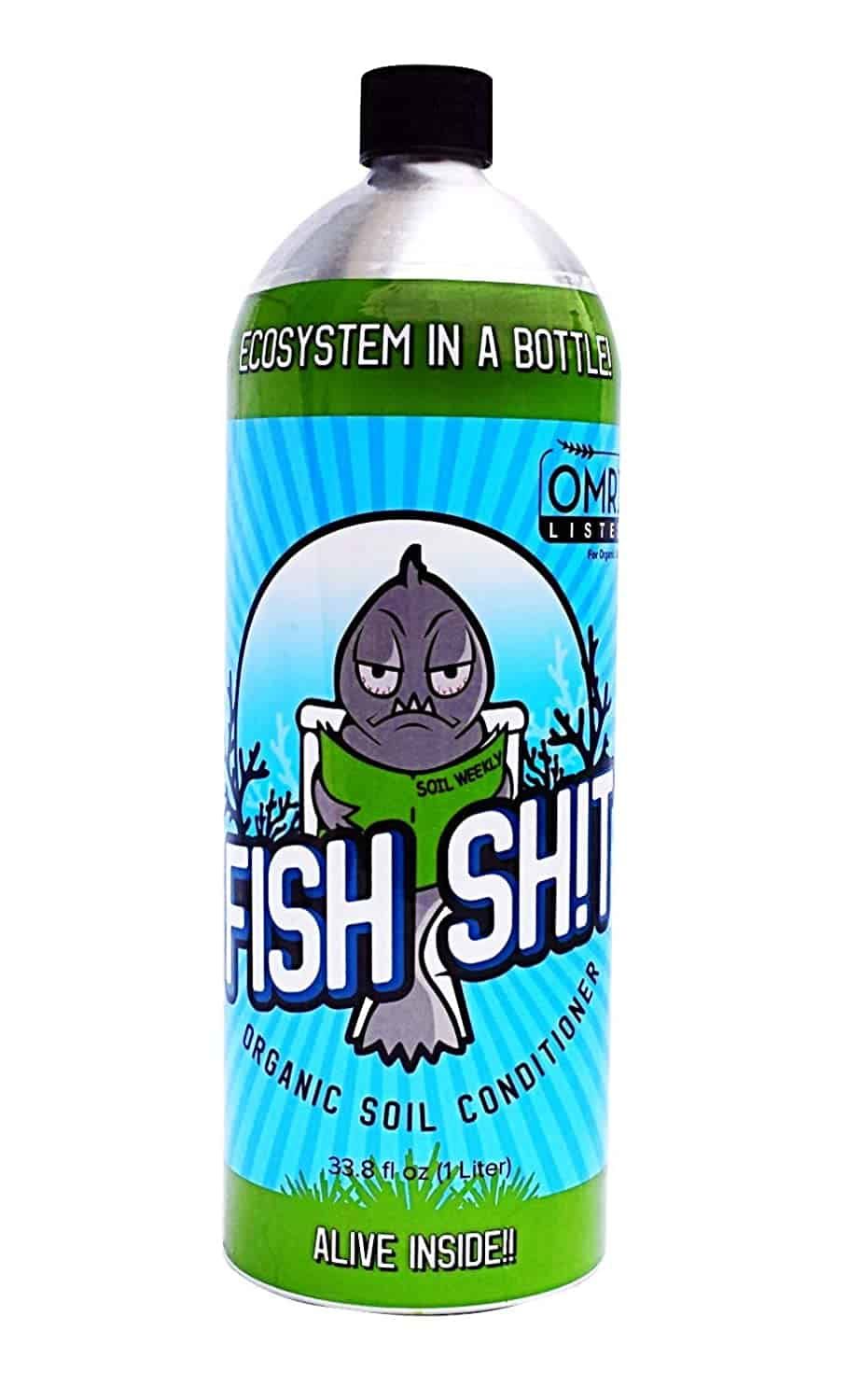
Made in-house, Fish Head Farms' Organic Liquid Soil Conditioner boasts 4,000 species of microbes -- that's more than any beneficial bacteria on the market! With every application, you're imparting thousands of microbes into your soil. This organic soil conditioner comes from the waste of tilapia fish which receive a proprietary mix of feed that, when digested, lends itself to bacteria and microorganism growth under the farm's conditions. To apply this soil conditioner, dilute between 1 ml and 6 ml in a gallon of water and spray generously throughout your soil.
In Summary
Most landscape and garden soils lack nutrients or have structural deficiencies from natural causes, often accelerated by unfavorable human activities. While soil amendments tend to individual deficiencies, a soil conditioner is a versatile amendment that comes in organic and inorganic forms.
Remember to apply soil conditioners with synthetic, chemical, or inorganic fertilizers to ensure your plants can absorb nutrients from the soil.
Finally, the recommended soil conditioner is the Fish Head Farms Organic Liquid Soil Conditioner because you can use it with any medium, ensuring nutrient uptake and yield increase.
Hopefully, the article was helpful to you! Let us know your experiences and any questions you may have in the comments below. Also, don’t forget to share the article if you liked it!
Happy Gardening!

